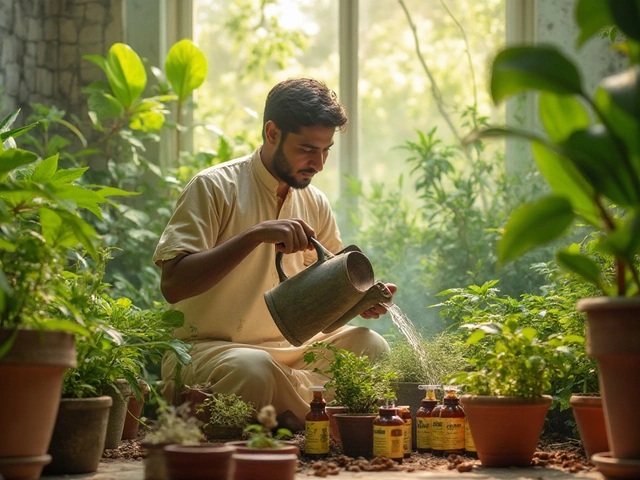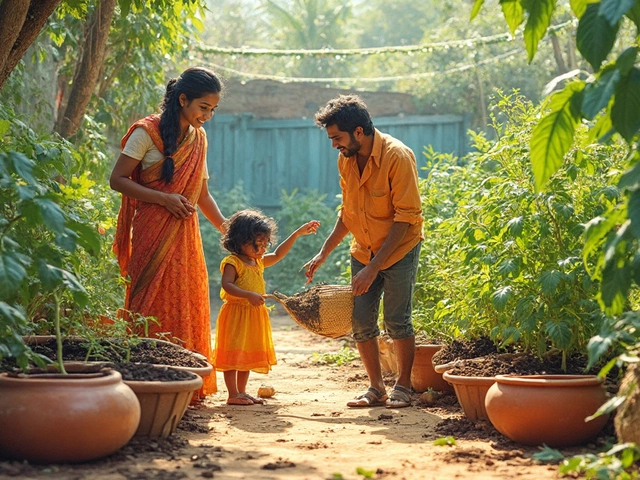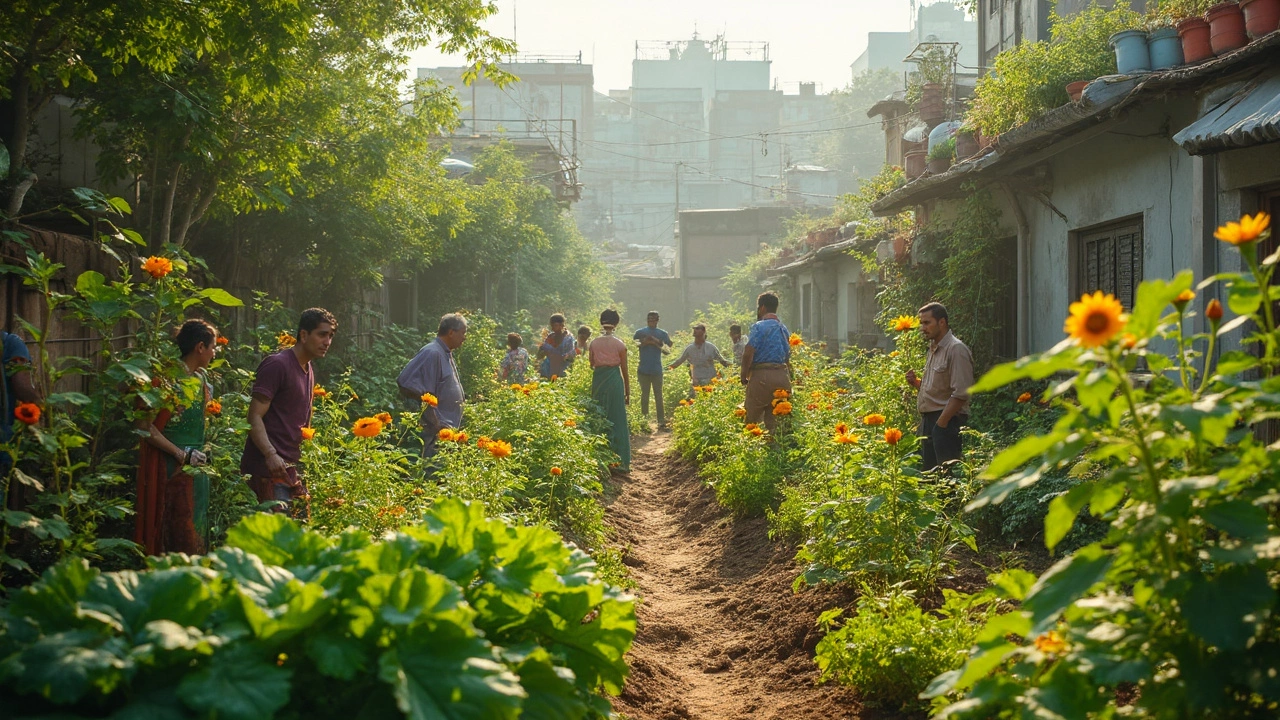Animal-Free Farming: Practical Guides for Sustainable Growth
Did you know you can boost yields, cut costs, and protect the environment by removing animal inputs from your farm? Whether you run a small backyard plot or a larger field, animal‑free techniques let you work smarter, not harder. Below you’ll find real‑world steps you can start using today.
Why Go Animal‑Free?
Animal‑free farming reduces reliance on expensive feed, manure handling, and the greenhouse gases linked to livestock. It also limits the chance of disease transfer between animals and crops. By focusing on plant‑based nutrition and soil health, you keep your farm resilient during price spikes or weather shocks.
Key Practices for Animal‑Free Farming
Soil improvement without manure. Add compost, green manure crops, or biochar to increase organic matter. These amendments loosen heavy soil, improve drainage, and supply nutrients that plants need. A simple mix of kitchen waste and leaf litter can turn compacted earth into a loamy medium in a few months.
Efficient water use. Drip irrigation delivers water directly to the root zone, cutting waste by up to 60%. Bury drip lines at the recommended depth (usually 2‑3 inches for most Indian soils) to protect them from sunlight and pests. Pair drip with mulch to keep the soil cool and moist.
Natural pest control. Swap chemical pesticides for neem oil, garlic sprays, or companion plants that repel insects. Planting marigolds alongside tomatoes, for example, deters nematodes. Installing bird boxes or encouraging ladybugs adds biological guardians to your garden.
Companion planting. Pairing “sister plants” like beans and corn can boost nitrogen fixation and shade the soil, reducing weeds. The right combos also discourage pests and improve pollinator visits, leading to healthier crops without extra inputs.
Crop selection. Choose varieties that thrive in your climate and require minimal external inputs. In India, broccoli, rice, and fast‑growing flowering trees can be grown profitably with good water management and soil care. Focus on high‑value, low‑resource crops to maximize returns.
Start small, scale up. Begin with one bed or a pot‑filled balcony, apply drip irrigation, and test compost mixes. Track yields, water use, and costs. Once you see the benefits, expand the system to larger plots, adding more crops and fine‑tuning irrigation schedules.
Animal‑free farming isn’t a fad—it’s a practical pathway to sustainable, profitable agriculture. By mastering soil health, water efficiency, and natural pest strategies, you can grow more food with less impact on the planet. Ready to give it a try? Grab a shovel, set up a drip line, and watch your garden transform.
Can You Do Regenerative Agriculture Without Animals? Straight Talk for Gardeners
Is it possible to grow healthy soil and productive crops using regenerative agriculture without animals? This article digs into the facts behind animal-free approaches, covers the challenges, and explores the smart tactics gardeners and small farmers are using right now. Whether you're vegan, want to cut your carbon footprint, or just don't have space for chickens or cows, you'll get real-world tips for keeping your soil alive. Expect honest talk about compost, cover crops, veggie mulches, and why some folks say animals are only part of the story.
About
Sustainable Gardening
Latest Posts


Best Liquids for Boosting Indoor Plant Growth
By Alden Thorne Dec 16, 2024

What Flower Takes 30 Years to Bloom? The Slow Life of the Talipot Palm
By Alden Thorne May 25, 2025

Number One Natural Insect Repellent: The Truth About What Really Works
By Alden Thorne Jun 10, 2025

